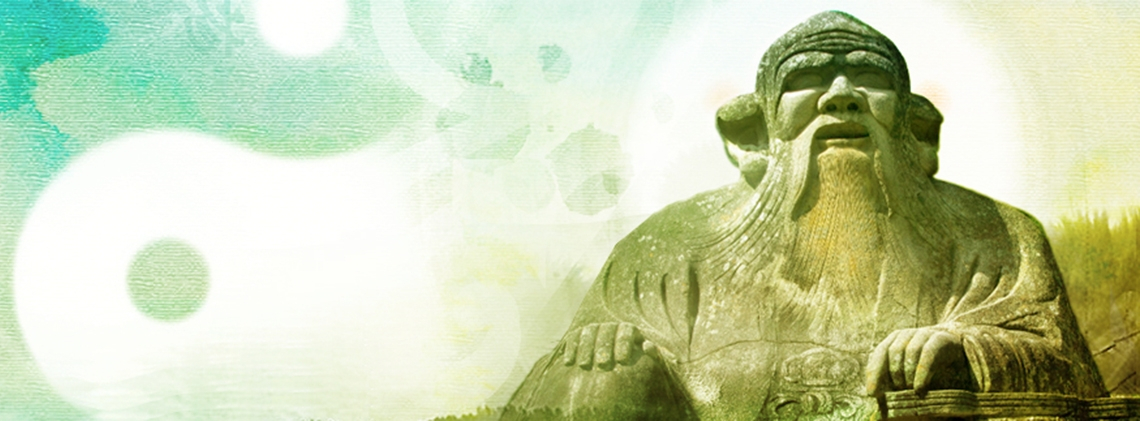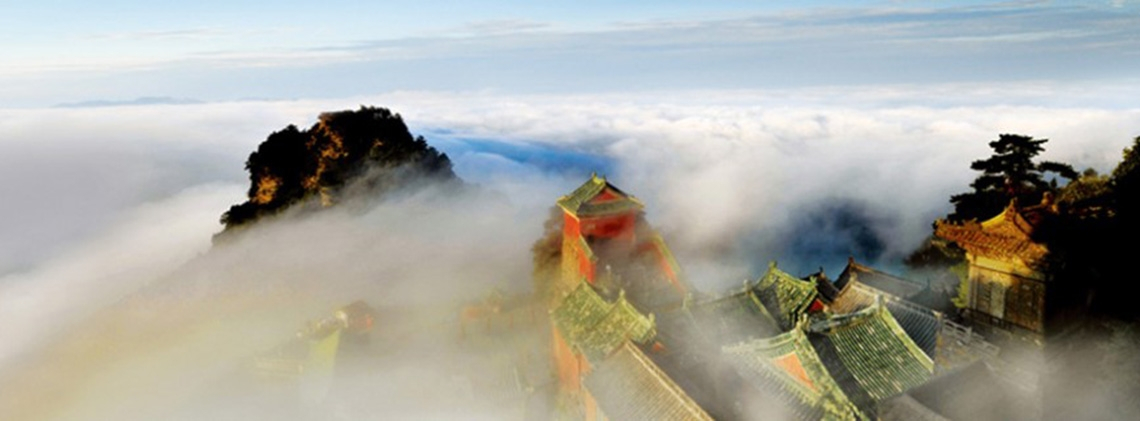
Chinese Daoism
Splendid
Chi Culture
Topic
Chinese Daoism
That Daoism developed into a mature religion from ancient esoteric arts demonstrates that the establishment of a religion has two requirements: the formation of religious thought, theory and practice, as well as the establishment of an institutional structure. In addition, the doctrine of Daoism—a religion indigenous to China—reflects the characteristics of the Chinese people and their culture.
The spiritual system of Daoism is quite complex, and brings together the ancient legendary gods, various spirits from folk spirit medium arts beliefs, numerous divinities associated with the Daoist story of creation, spirits introduced from Buddhism, and apotheosized sages and heroes, such as the founder of Daosim who became a transcendent through austere religious discipline. The spirits and deities include the Door God, the Lord of Land, the Lord of Wealth, the Eight-Immortals, the Jade Emperor of Heaven, and the Three Clarities (Jade Clarity, Highest Clarity, and Great Clarity).
It was during the Eastern Han dynasty (25–220) that Daoism became an official religion; its theory and practices can be traced to the worship of spirits and deities in antiquity, the correlative thought of Yin and Yang, and the Five Phases; legends of Laozi and the Yellow Emperor, and various esoteric arts and sorcery. These ideas provided a theoretical basis for Daoism and eventually led to the creation of the first Daoist scripture, the Taiping jing (Scripture of great peace). Composed during the reign of Emperor Shun (r. 125–144) of the Eastern Han, it paved the way for the establishment of Daoism as a religion. During the Wei (220–265), Jin (265–420), and the Northern and Southern Dynasties (420–589), Daoism gradually became a fully developed religion.
During the Sui (581–618) and Tang (618–907) dynasties continued to develop further based on the foundation established during the Northern and Southern Dynasties. Especially during the Tang dynasty as the imperial family traced their ancestry to Laozi who was also officially recognized as the founder of the Daoist religion. Daoism flourished because of this special connection. Daoist doctrine, sects, method of self-cultivation, liturgical rituals, and social influences were all further advanced in the Tang dynasty.
Stimulated by the rise of the Lixue (also known as Neo-Confucianism), Daoist doctrine was also further developed during the Song dynasty (960–1279). Zhang Boduan (983–1082) of the Northern Song (960–1127) further deepened the doctrine and perfected Daoist inner alchemy. Inner Alchemy Daoism founded by Zhang Boduan was called the Southern School. The Quanzhen (Complete Perfection) Inner Alchemy Daoism founded by Wang Chongyang (1113–1170) was called the Northern School. The constantly changing political situation during the Southern Song (1127–1279) and the confrontation between the Jin (1115–1234) regime in the north and the Southern Song facilitated the split of Daoism into Northern and Southern schools. New Daoist schools arose one after another, each establishing their own teachings and texts. The major Daoist schools in the south were Jingming (Pure and Bright), Qingwei (Pure Tenuity), and Tianshi (Celestial Master) which was later became known as Zhengyi (Orthodox-Unity) in the Yuan dynasty (1271–1368); the major Daoist school in the north included Taiyi (Great Unity), Zhenda (True Greatness), and Quanzhen Daoism. Zhengyi and Quanzhen later became the two leading schools.
During the Ming (1368–1644) and Qing (1644–1911) dynasties, without any creative development, Daoism stagnated and declined, barely continuing the traditions of the Song and Yuan periods. In recent years, the famous Daoist scholar Chen Yingning (nd) promoted “studies of the transcendent” in Daoism to demonstrate that in this modern society with its highly-developed sciences, the Daoist Inner Alchemy of cultivating one’s life, or the study of the “Unity of Heaven and Humankind” still cannot be replaced by scientific developments. It is of major significance.
The traditional negative factors of Daoism have been discarded in modern day China, but people have explored its beneficial elements to modern vitality—ways to stay healthy, the double nature of cultivating inner nature and vital force (xing ming) as practiced in inner alchemy, and the overall concept of the unity of heaven and humankind.” Daoism continues to have an increasingly important role and influence in our modern society.
Daoism as China’s indigenous religion is generally viewed favorably by the people. Famous Daoist mountains (Mount Luofu, Mount Tai, Mount Wudang, Mount Maoshan, Mount Huashan and Mount Longhu) attract numerous followers from home and abroad as they come to worship and pay homage to the deities. In the long process of disseminating Daoism, there have been positive influences on literature, arts (music, architecture, painting, and sculpture), the sciences, and medicine. It has become the essence of Chinese culture.





